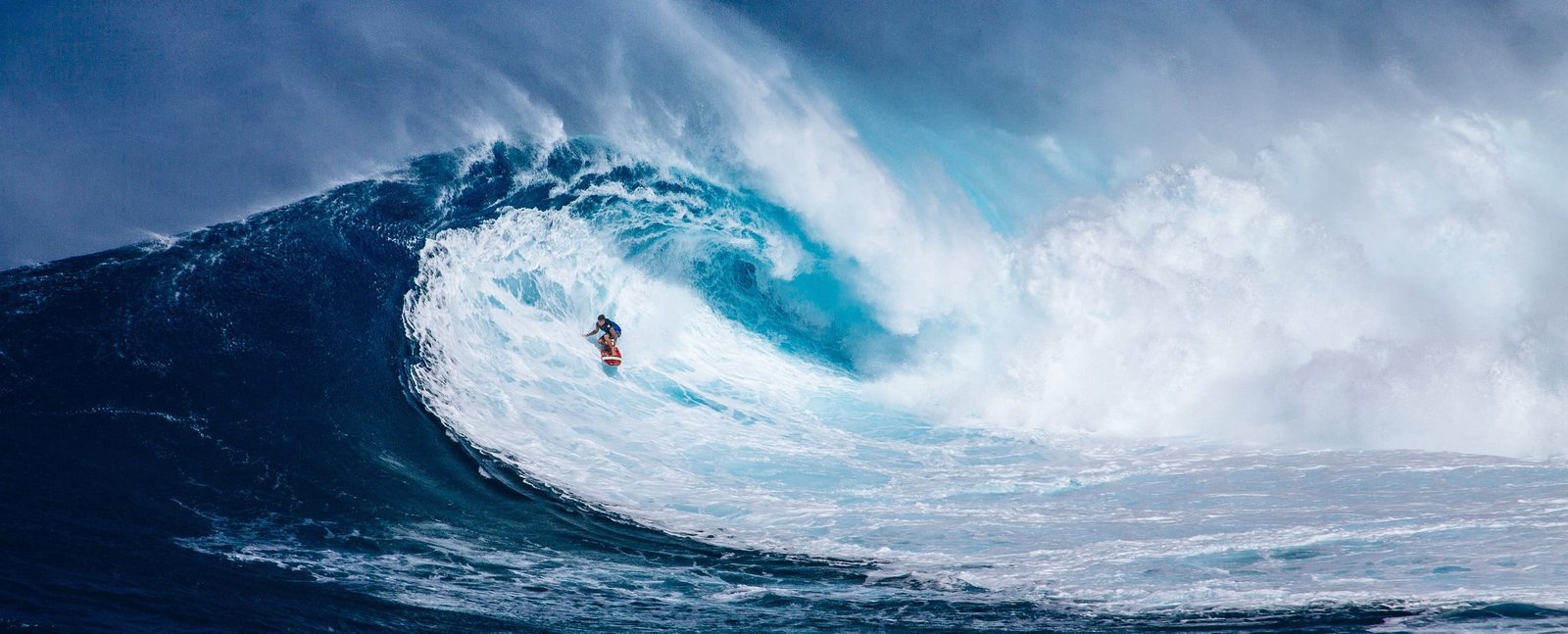October is National Seafood Month, and one of the best ways to keep the world’s waters full of life is to choose certified wild, sustainable seafood. Not only is it better for the environment, but it helps ensure a steady supply of an important natural resource that people around the globe depend on for sustenance as well as for their livelihoods.
We’ve all seen the headlines about the concerning state of our oceans — from pollution to overfishing — so it is no surprise that, according to a recent GlobeScan survey, nearly two-thirds of American seafood consumers think we need to consume seafood only from sustainable sources.
But knowing that sustainable seafood is the right choice is just half the battle. The other half is understanding which seafood products really fit the bill. GlobeScan reports that about seven in 10 American seafood consumers think sustainable claims by supermarkets and brands need to be verified independently.
Fortunately, some key labels can empower consumers to make smart and sustainable choices. For instance, the Marine Stewardship Council’s blue fish label indicates that not only does the product meet its stringent standards for wild caught, sustainable seafood, but certification has been determined by an independent third party, addressing one of the top concerns of consumers head on.
If you have two choices in front of you at the seafood counter, in the freezer or in the canned goods aisle, why pick the one with the blue fish label?
1. It’s better for the oceans.
Certified sustainable seafood ensures that whole ecosystems remain healthy and thriving with marine life. In working to ensure sustainability of fish populations, some certification programs look for minimal ecosystem impacts and effective management practices that adjust with changes in the environment. Good management can help ensure fish stocks and habitats thrive while ensuring the oceans continue to provide a variety of sea life. Today, our oceans support the livelihoods of a tenth of the world’s population.
2. It’s good for the whole family.
Seafood is a high-protein option that provides good nutrients, vitamins and essential omega-3 fatty acids. “To get the most nutritional benefits, leading health organizations recommend consuming at least eight ounces of seafood per week,” explained Linda Cornish, president and founder of the Seafood Nutrition Partnership, a nonprofit dedicated to raising awareness of the nutritional benefits of seafood. “A good rule of thumb is to eat seafood twice a week and try to include fatty fish in those servings.” Fatty fish — such as salmon, trout, black cod and mackerel — has higher amounts of omega-3s, which are beneficial for the brain, heart and eyes as well as overall health and wellness.
3. It’s a way to drive change with your shopping habits.
By buying seafood verified as sustainable, you’re supporting fishermen committed to operating in an environmentally friendly manner and supporting their efforts as protectors of a natural public resource. What’s more, your dollars may motivate other fishermen to change their own practices and get certified. With some effort, sustainable seafood could become the norm — not the exception.
4. It’s available at every price point.
Although some consumers may believe they need to pay a significant premium to include sustainable seafood in their diets, that’s not accurate. According to Brian Perkins of the MSC, “The MSC blue fish label is on nearly 30,000 products (and counting) around the globe, and it is featured on everything from fresh, frozen, canned and preserved seafood to supplements and even pet food!” Whether you’re looking for healthy, affordable school lunch options or a way to celebrate a special occasion, sustainable seafood is a viable option.
5. It’s a way to ensure seafood for generations to come.
Along with fisheries, retailers and restaurants around the globe, we all have a part in protecting the productivity and health of the oceans and the livelihoods of people who depend on them. By seeking out sustainable seafood, consumers have the power to protect and nurture the fishing industry, ensuring that generations to come will continue to enjoy seafood as part of a healthy diet.
Start celebrating
In celebration of National Seafood Month, start paying closer attention to the labels on your seafood and start exploring the vast array of options available. You might find it easier than you ever imagined to make a choice that’s good for you and the oceans, too.
(BPT)













